Varieties of wheat flour and their protein content
The type of wheat used determines how the flour is used. All varieties of wheat flour are made by milling wheat kernels into flour. But not all wheat kernels are created equal. Seven different species and about 20 different wheat types are cultivated globally.
Hardness
To ensure that the wheat grains break into smaller pieces, they are put under a lot of pressure during the milling process. Some wheat cultivars are very hard to break and exceedingly tough. Some are softer than others, which makes them simpler to break and, thus, grind.
If it is more difficult to crack the wheat kernel, the starch granules inside are more likely to be harmed. Damaged starch can absorb water more readily than unharmed starch. For bread, this would be ideal, but not so much for cakes. Because of this, cakes usually employ softer flour whereas breads benefit from using firmer flour.
Gluten Content
Because it affects the product's texture, density, and final composition, gluten must be included in the production of any flour-based product.
A naturally occurring protein called gluten can be found in grains like wheat, barley, and rye. It serves as a binder, holding the meal together and giving it a "stretchy" appearance.
Cake, all-purpose, or pastry flours are used for cakes and other baked items that don't require gluten. This allows them to be denser and less elastic so that they can keep their shape without stretching.
Whether they are leavened or not, breads need gluten to create that slightly elastic, fluffy, or layered texture. To create chapati, a lot of gluten is needed. The more gluten a product has, the better it will be.
Protein Content
If you want to produce wonderful, fluffy bread or pasta, you need wheat flour with a high protein level. The proteins in gluten allow the dough to be tugged and stretched. On the other hand, you don't want any gluten to form when constructing a delicate tart shell or baking a cake, thus you need a low-protein flour.
The type of wheat used to manufacture a flour and the methods employed to raise it have a direct impact on the amount of protein in that flour. After harvest, the protein content remains unchanged
Following is a discussion of several grains according to how much protein they contain:
Whole wheat Atta
13% to 15% protein
The whole wheat flour used in Chakki's is the Indian variety. The best flour for making chapati, an Indian flatbread that requires a granulated texture and lots of whole grain goodness, is this one.
All-purpose or refined flour:
11.7% protein -
It is some flour with a lot of uses. Although you may use all-purpose flour in any recipe that calls for flour because it contains a medium level of protein, it performs best in baked products like cookies, muffins, quick breads, and pie crusts.
Baking Powder:
12.7% protein -
With more protein, yeast bread has a higher chance of rising.
Whole-wheat white flour:
13% protein -
Although it has a similar nutritional profile to whole wheat and performs more like all-purpose flour, this flour has a gentler flavor and a lighter color.
Brown Rice Flour
14% protein -
Whole wheat flour, which includes the bran and inner germ, is processed from the complete wheat grain to give a richer, more recognizable flavor and more nourishment.
Flour That Self-Raises:
8.5 % protein -
Bakers from all over the world adore this flour's creamy, delicate texture. For a better mixture, salt and baking powder are added.
Conclusion
Even though flour is a vital essential in our kitchens, it is sometimes overlooked when talking about ingredients. We carefully choose the other ingredients for our recipes, weighing the benefits and drawbacks of various cheeses and chocolates, but the flour, which forms the foundation of the meal, is frequently forgotten.

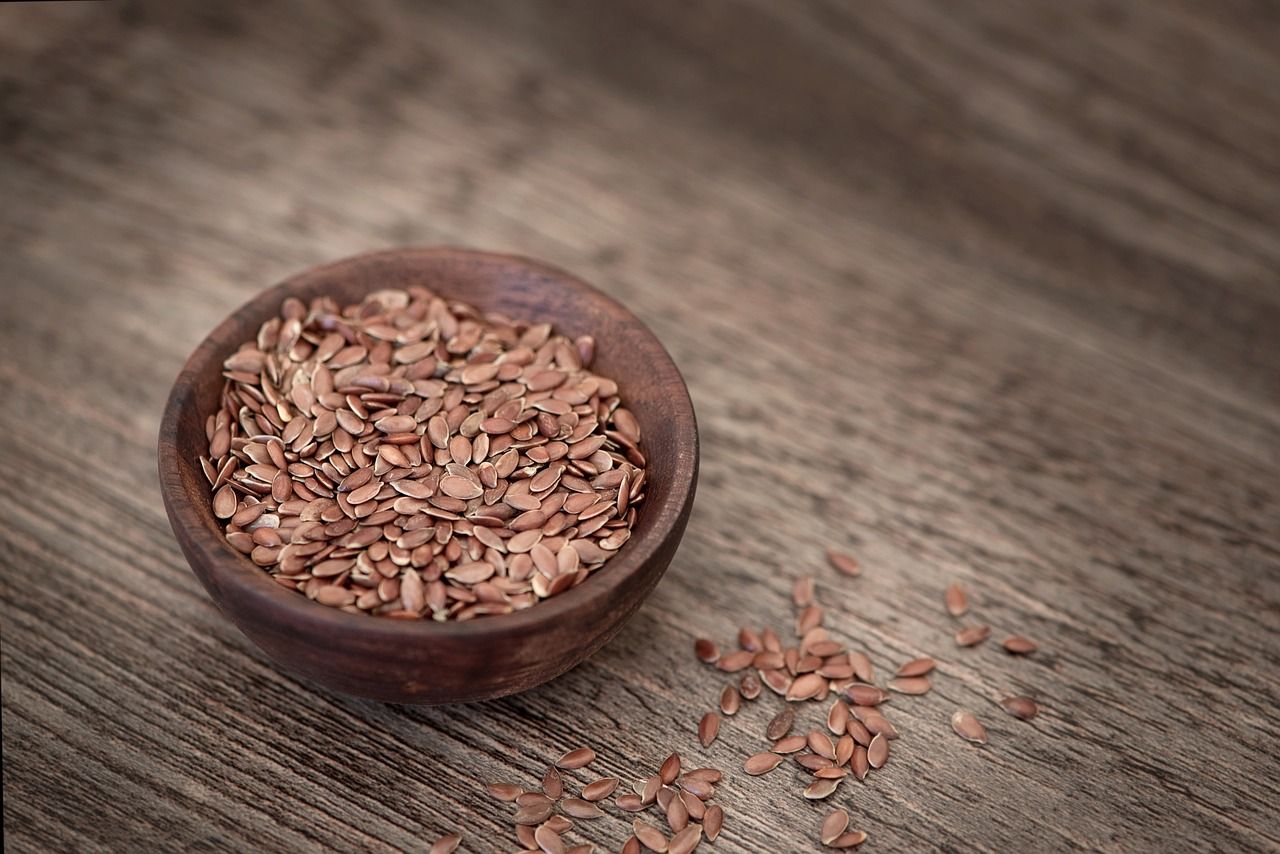
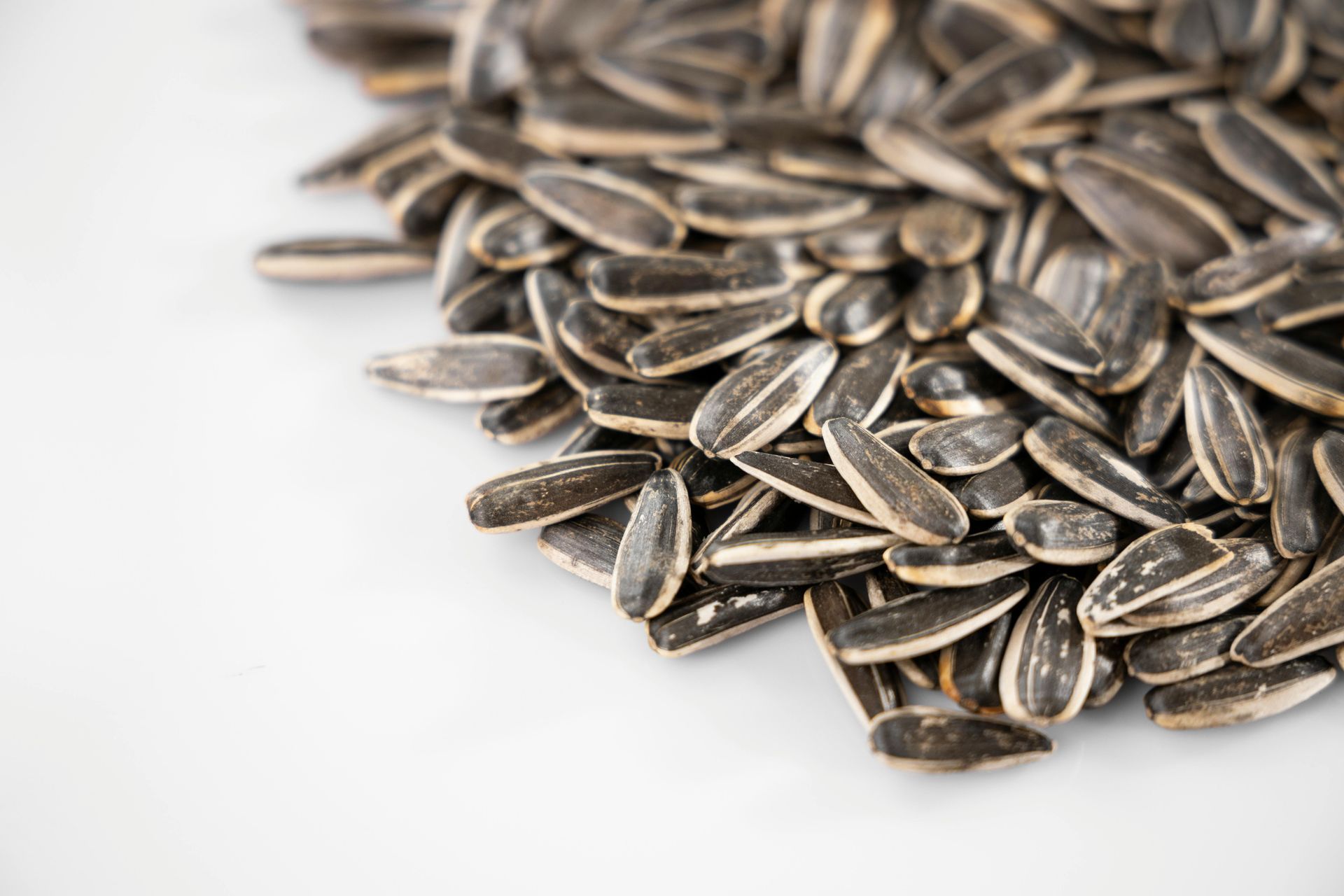

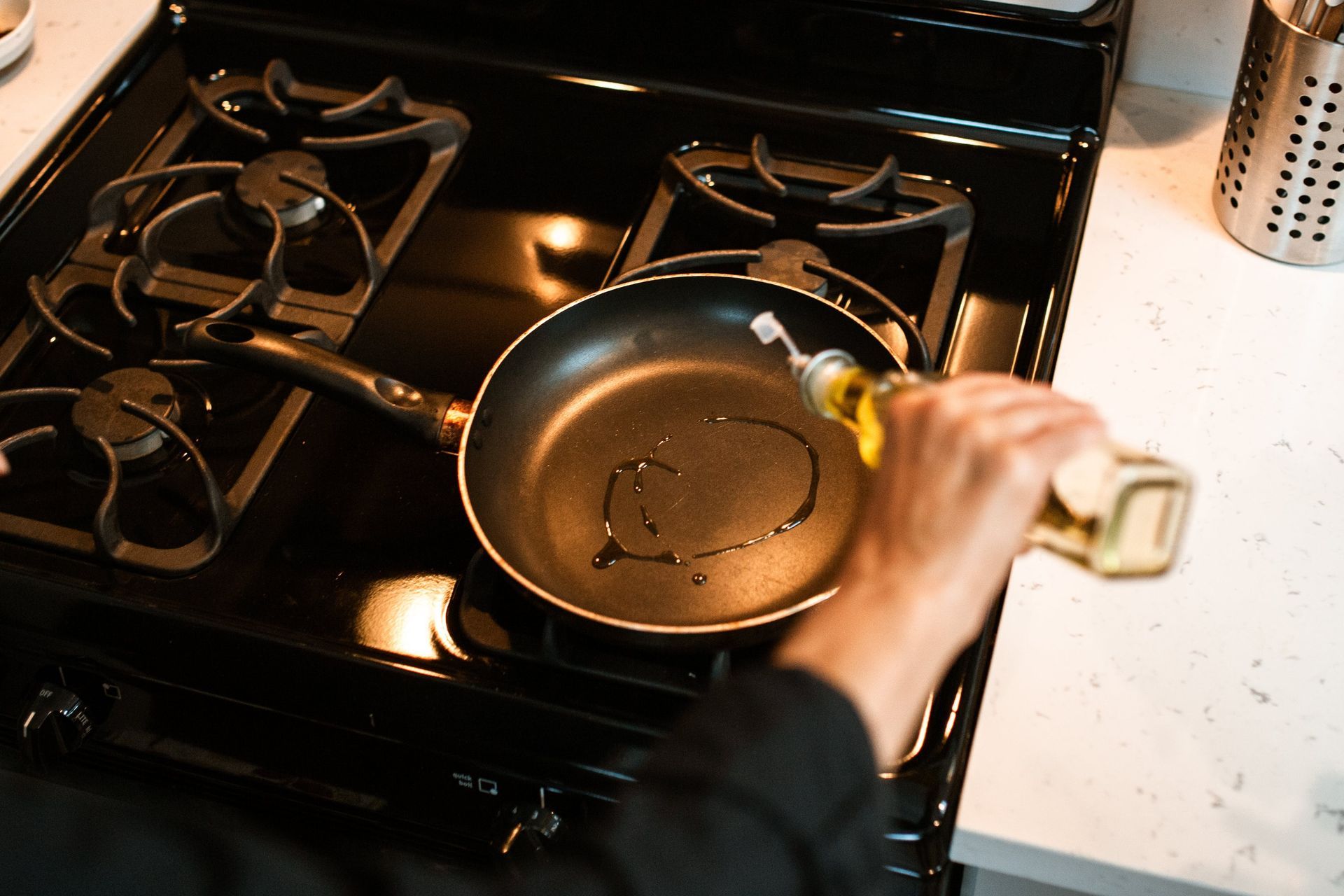
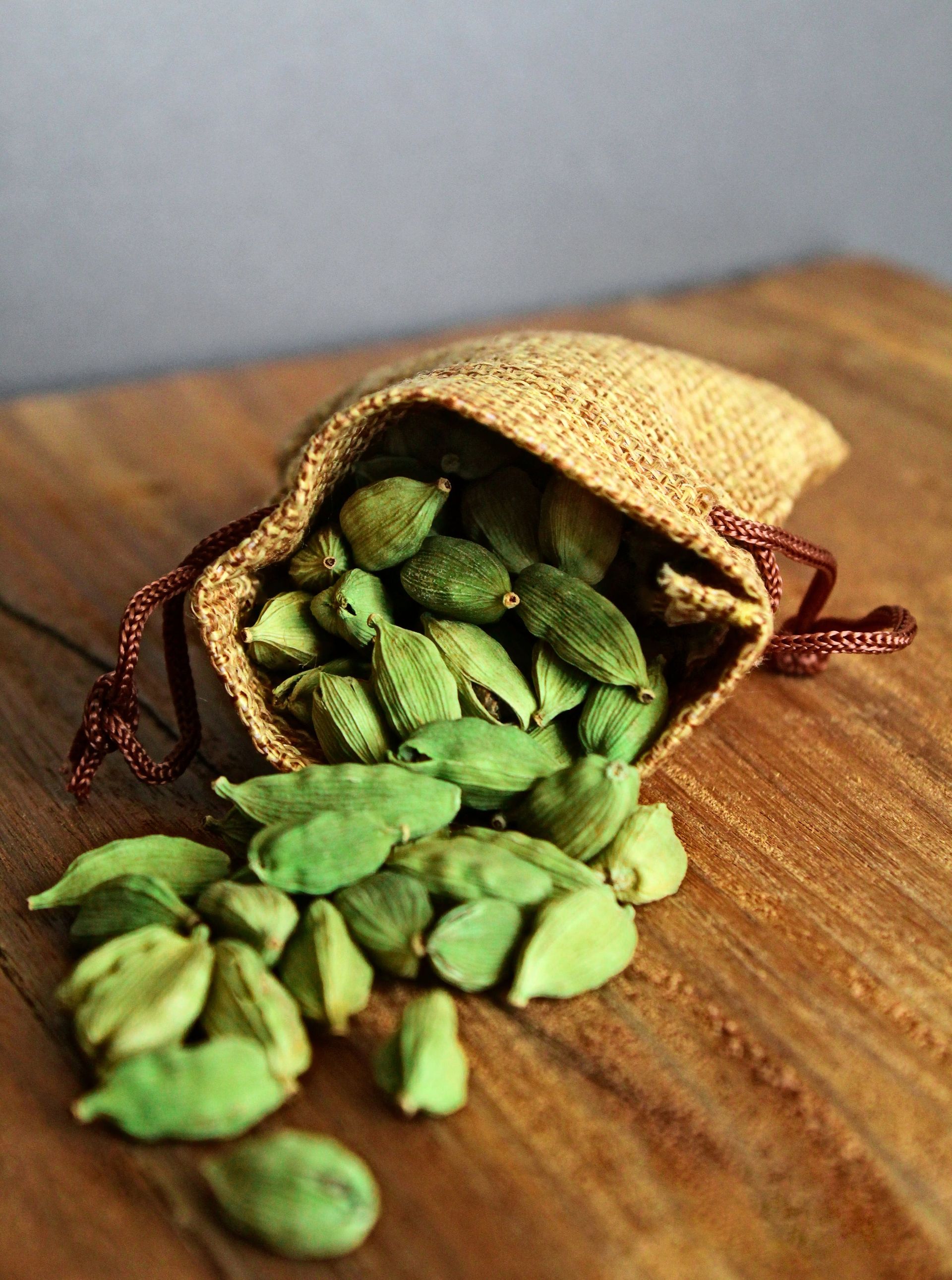
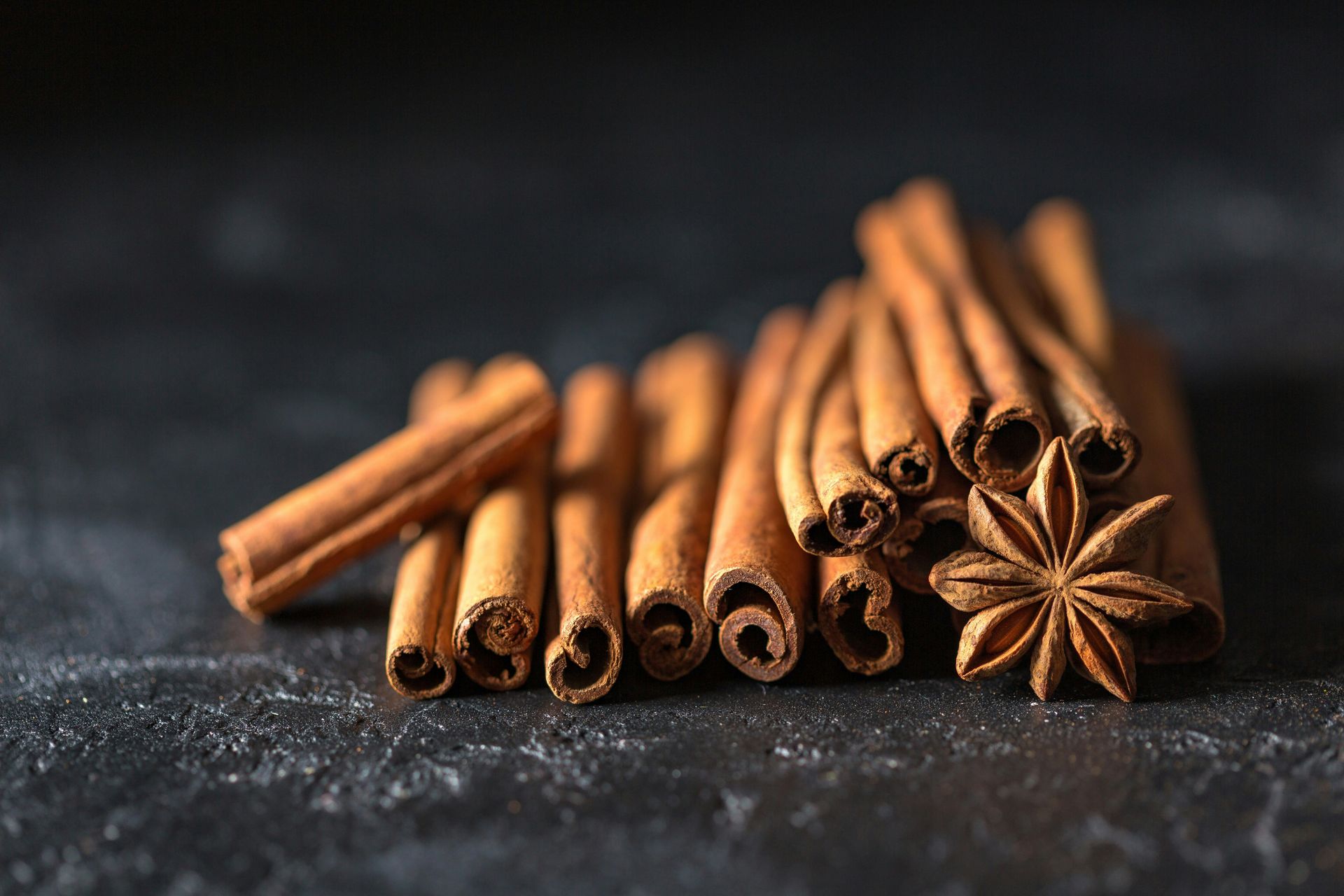
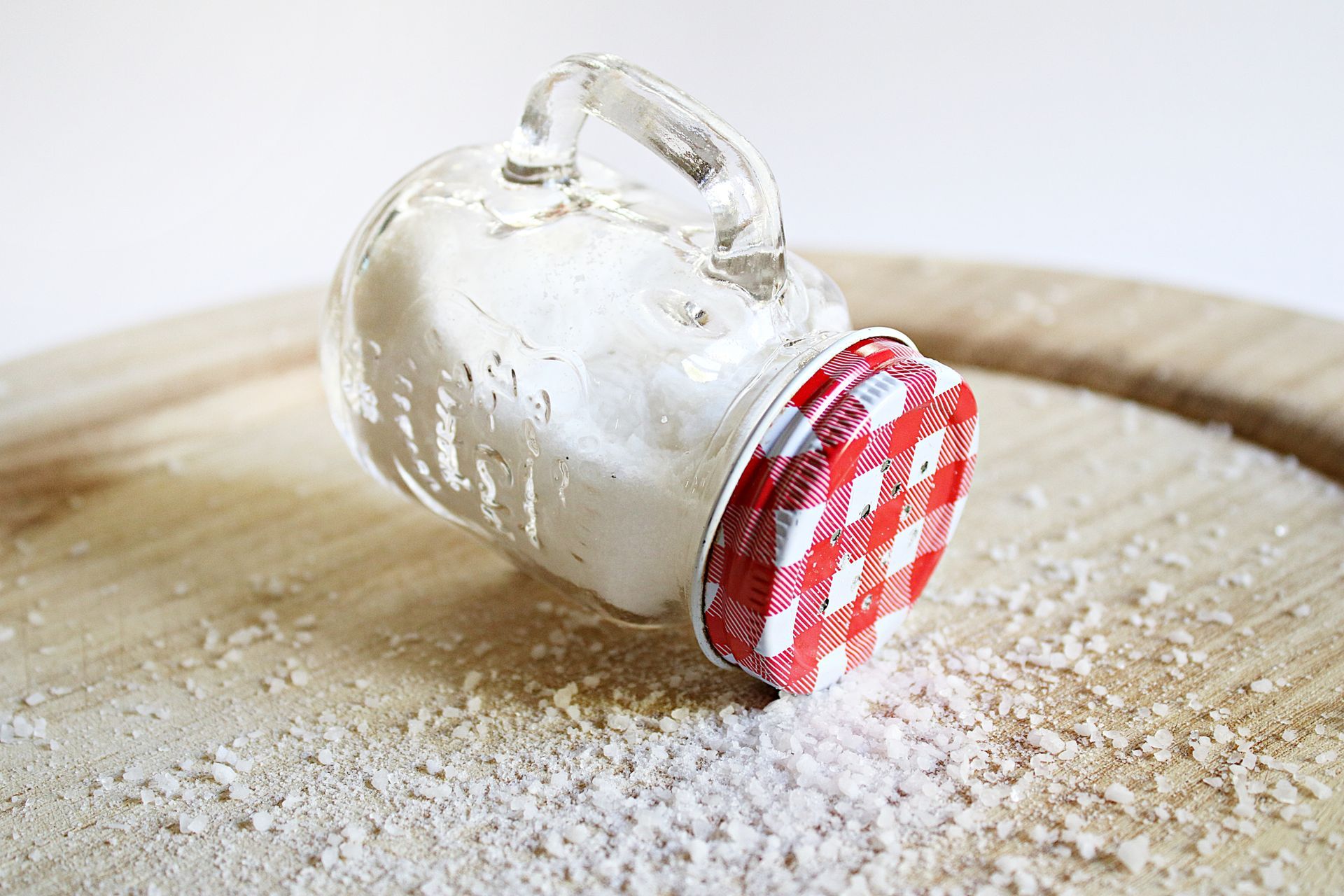

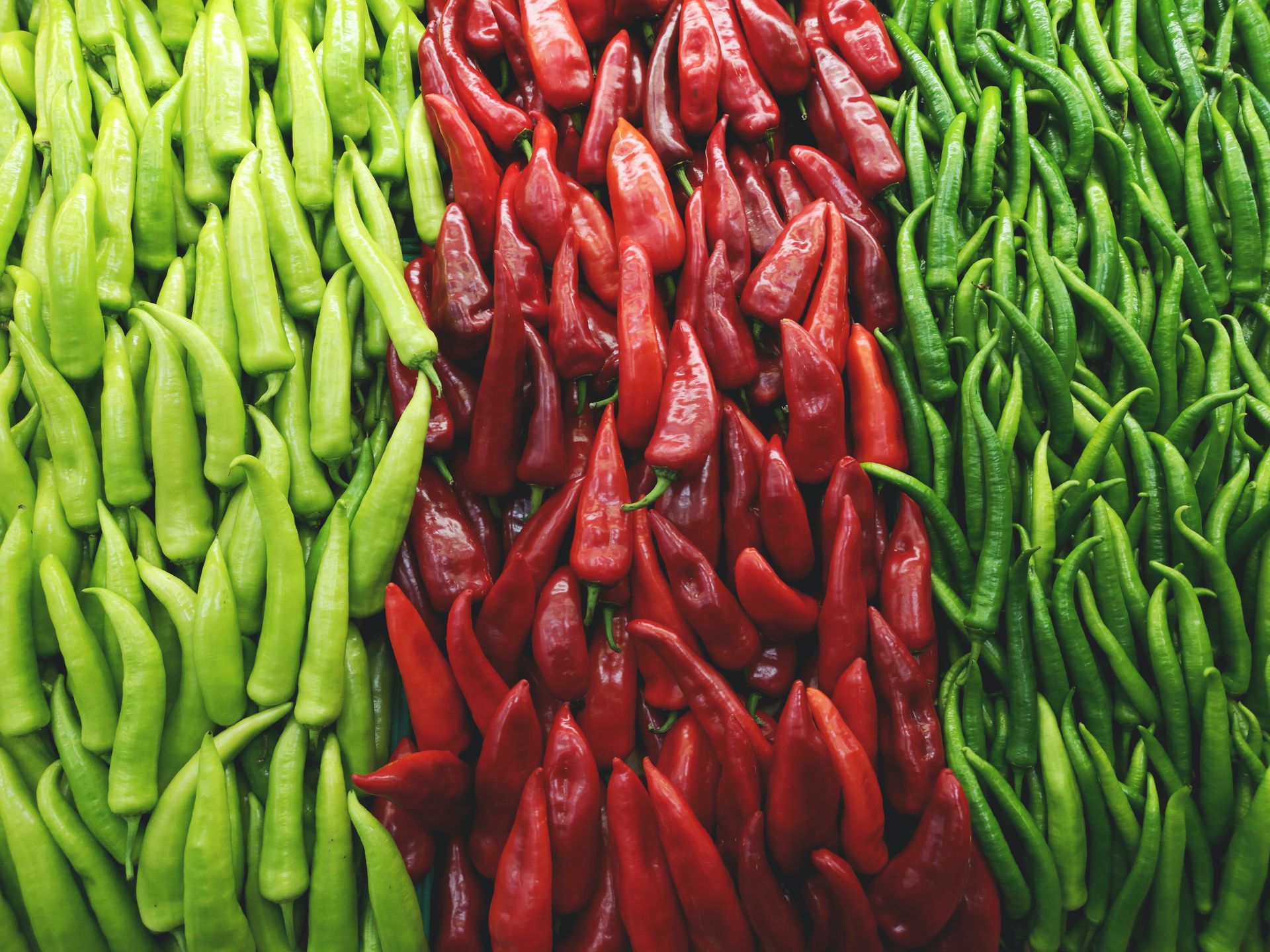
Submit your Enquiry today
We will get back to you as soon as possible.
Please try again later.

REGENT AGRO FOODS PRIVATE LTD
1/127 N Mettupalayam
Tirupur 641670
Tamilnadu, India
All Rights Reserved | Regent Agro Foods
Designed by Yectra

